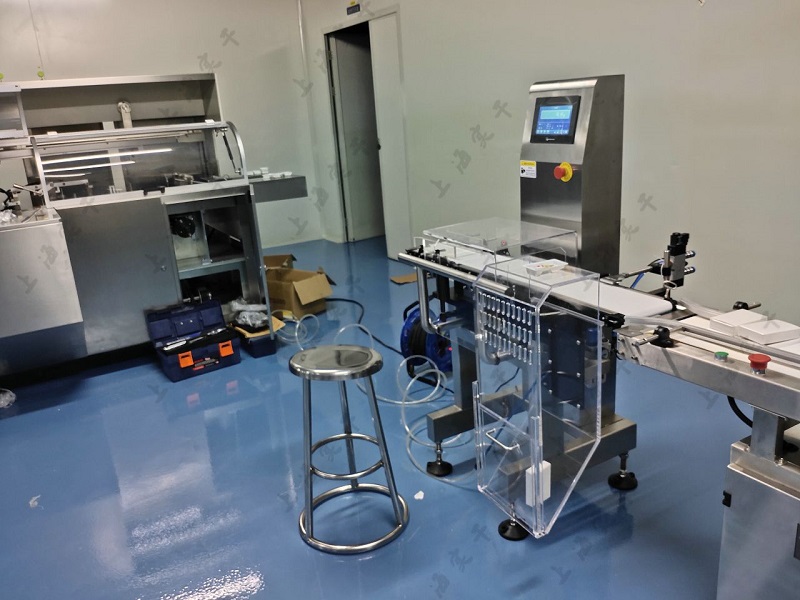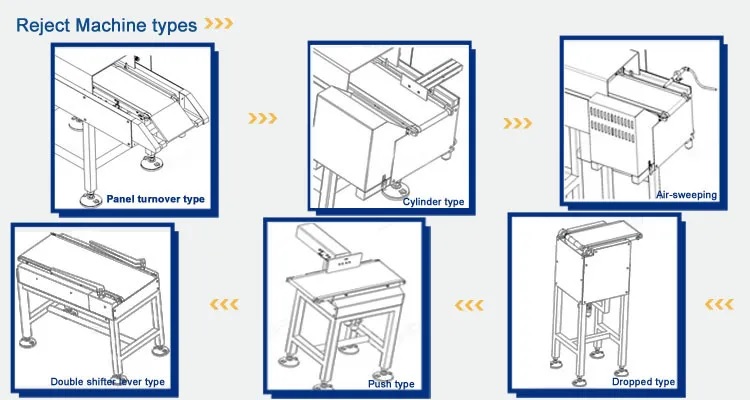If you find that a Checkweigher is inaccurate, it's essential to address the issue promptly to ensure the accuracy of weight measurements. Here are some steps you can take:

Calibration:
Check the calibration of the checkweigher. Calibration ensures that the equipment provides accurate readings. Follow the manufacturer's guidelines for calibration procedures.
Make sure to use the correct weights and standards for calibration, and perform the calibration in a controlled environment.
External Factors:
Examine the environment around the checkweigher. External factors such as vibrations, temperature fluctuations, and electromagnetic interference can affect its accuracy. Minimize these factors as much as possible.
Cleanliness:
Ensure that the checkweigher is clean and free from any debris or residue. Dirt or product buildup on the weighing platform or sensors can interfere with accurate measurements.
Inspect for Damage:
Check for any physical damage to the checkweigher, including the weighing platform, load cells, or other components. Physical damage can impact the accuracy of measurements.
Verify Load Cells:
Check the load cells, which are responsible for measuring weight. If they are damaged or malfunctioning, they may need to be replaced. Consult the manufacturer's documentation for guidance on inspecting and replacing load cells.
Zero Calibration:
Perform a zero calibration to ensure that the checkweigher is correctly accounting for the weight of the empty conveyor or any other factors that may contribute to an inaccurate zero point.
Software Settings:
Review and verify the software settings on the checkweigher. Ensure that the correct units of measurement are selected, and any parameters related to product weight are configured accurately.
Consult Manufacturer's Support:
If the issue persists, contact the manufacturer's support or technical service. They may provide specific troubleshooting steps or guidance on resolving the problem. They might also offer remote assistance or onsite support if necessary.
Training and Documentation:
Ensure that the personnel operating the checkweigher are trained in its proper use and maintenance. Refer to the equipment's documentation for guidelines on troubleshooting and maintenance.
Regular Maintenance:
Implement a regular maintenance schedule to keep the checkweigher in optimal condition. This includes cleaning, lubrication, and any other tasks recommended by the manufacturer.
If, after following these steps, the checkweigher continues to be inaccurate, it may be necessary to consider professional servicing or contacting the manufacturer for further assistance.
